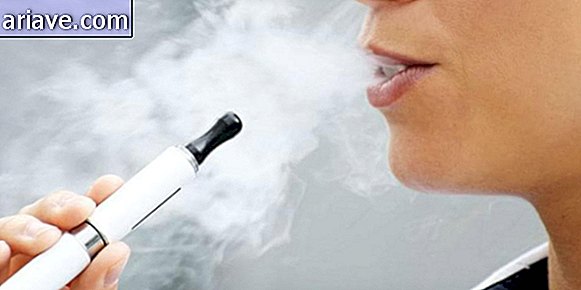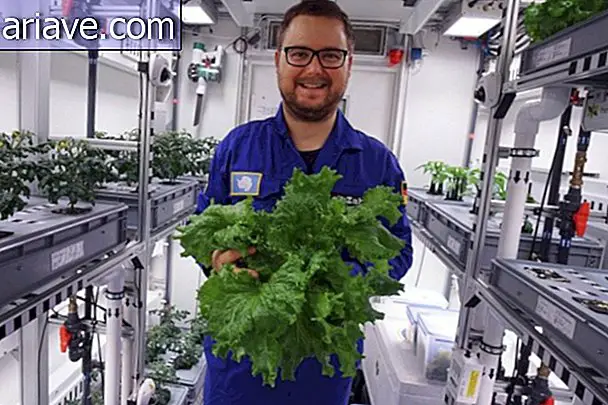Cotton microfibers are the biggest drinking water pollutants
You are drinking part of your own clothes. That's right: 60% of polluting drinking-water microparticles no longer consist of microplastics in market bags, but of laundry waste. The information is the result of a recent survey conducted at Penn State Behrend in the United States that surprised even its authors.
However, those who have used the washer a few times must have noticed that dirt gets stuck in the washer filter. It is exactly part of that cotton fiber that escapes filtration and ends up in the city's water reserves.

Like microplastic, this type of waste escapes immune from water treatment processes and thus ends up in fresh drinking water.
When they began their research on this type of pollution, the researchers imagined they would find plastic microspheres, but found that artificial cotton fiber is much more common in the sample analyzed.

According to water pollution chemist Sherri Mason, who conducted the study, synthetic fabrics eliminate non-biodegradable fibers that run off with water or are expelled on drying so that they eventually return to rivers when it rains.
"There is microplastic in the air, and when we have precipitation events, it comes back with the rain. Or, when air comes into contact with water, the microplastic returns to water that way. And the fibers and microfibers are quickly becoming the type. most prominent of microspheres. we find them everywhere, "she explains.
The worst part is that there is not much how to solve this problem, especially because it has just been discovered. Scientists had been worrying about microplastics for a while, so now they will need to include on their radar more of this particle: synthetic cotton microfibers.











